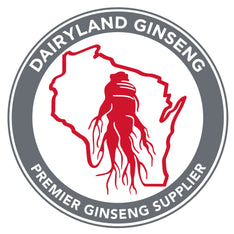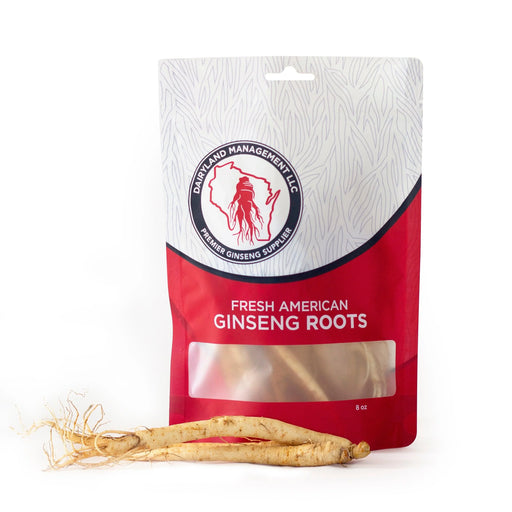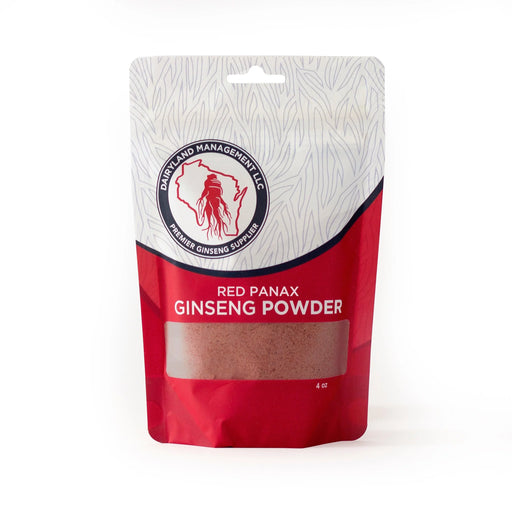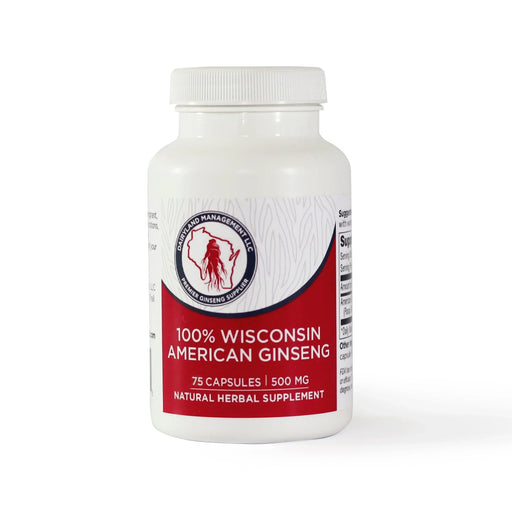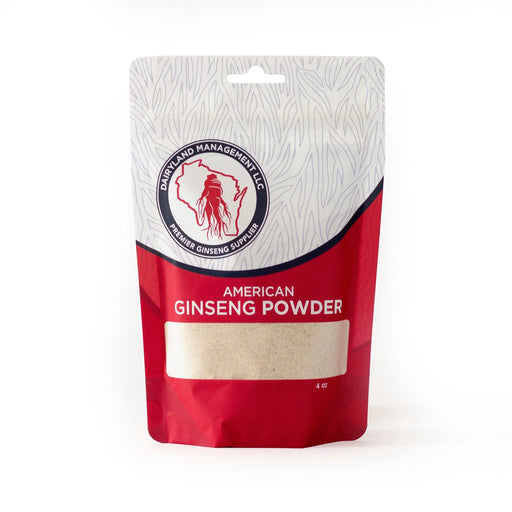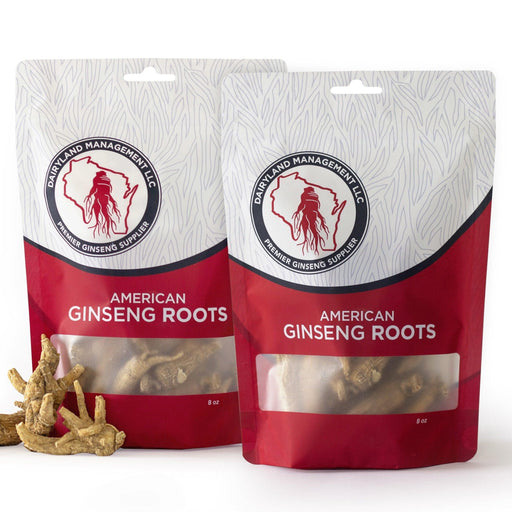Does the Size of a Ginseng Root Matter?
When evaluating ginseng, many wonder whether the size of a ginseng root affects its quality or potency. While the size of a ginseng root can impact its appearance and perceived value, it is not the most important factor in determining quality. Instead, factors like the root's age, origin, and cultivation conditions play a much more significant role in assessing its potency and health benefits.

Understanding Ginseng Root Size and Its Significance
The size of a ginseng root often influences its market value and appeal. Larger roots are visually impressive and are frequently associated with premium products. However, the size of a ginseng root does not necessarily correlate with its strength or health benefits. Let’s explore why.
1. Age and Origin Matter More Than Size
The most critical factors affecting ginseng’s potency are its age and where it was grown. Older roots, regardless of their size, typically contain higher levels of ginsenosides—the active compounds responsible for ginseng's health benefits. These compounds provide the adaptogenic and medicinal properties that make ginseng valuable.
For example, ginseng grown in nutrient-rich soils, such as the fertile farmlands of Wisconsin, tends to have higher-quality ginsenosides. Wisconsin ginseng is particularly prized for its superior quality and effectiveness. Whether a root is large or small, its age and origin are better indicators of its strength than its physical size.
2. Larger Roots Hold Cultural Significance
In Traditional Chinese Medicine (TCM), larger ginseng roots are often associated with maturity and strength. These roots are sometimes used for special purposes, such as ceremonial practices or gifting. Their impressive appearance makes them desirable in cultural contexts, where size symbolizes quality and rarity.
While larger roots may hold symbolic or aesthetic value, this does not necessarily mean they are more potent than smaller roots of the same age and origin.
3. Smaller Roots Are Practical for Everyday Use
Smaller ginseng roots, although less visually striking, are often more practical for everyday uses. They tend to dry more evenly, which makes them ideal for processing into powders, teas, or capsules. Smaller roots may also be more affordable while still offering the same health benefits as larger roots of the same age and quality.
Why Ginseng Root Size Isn’t the Most Important Factor
While size may be a consideration for some, it’s essential to understand why it is not the best indicator of quality or strength:
-
Ginsenoside Levels Depend on Age and Growth Conditions The strength of a ginseng root lies in its ginsenoside content, which increases with age. Whether a root is large or small, its ginsenoside levels depend more on how long it was allowed to grow and the quality of the soil it was cultivated in.
-
Visual Appeal Does Not Equal Potency Larger roots may look impressive, but their size does not guarantee higher potency. A smaller root of the same age can be just as effective as a larger one.
-
Age Determines Potency Older roots, typically five years or older, have had more time to develop their active compounds. This is why many premium ginseng products highlight the age of the root rather than its size.
-
Cultivation Practices Influence Quality Roots grown under optimal conditions—such as those in Wisconsin—tend to produce better results. Regardless of size, these roots are valued for their consistent quality and effectiveness.
How to Choose the Best Ginseng Root
When selecting ginseng, it’s important to focus on factors that truly matter. Here are some tips to ensure you choose the best product:
- Check the Age: Look for ginseng that is at least five years old, as older roots typically contain more ginsenosides.
- Verify the Origin: Ginseng from reputable regions, such as Wisconsin or Korea, is known for its superior quality.
- Consider Your Purpose: If you plan to use ginseng for teas or powders, smaller roots may be more practical. For gifting or ceremonial purposes, larger roots may be preferable.
- Prioritize Quality Over Appearance: Focus on the product’s certifications, origin, and age rather than its size alone.
The Bottom Line on Ginseng Root Size
While the size of a ginseng root can influence its appearance and market value, it is not a reliable indicator of potency or quality. The age and origin of the root, along with its ginsenoside content, are far more critical factors in determining its effectiveness.
Larger roots may hold cultural or symbolic significance, especially in Traditional Chinese Medicine, where they are often prized for their aesthetic appeal. However, smaller roots offer practical benefits for everyday use, drying more evenly and often being more affordable.
When selecting ginseng, always prioritize age, origin, and quality over size. By focusing on these factors, you can ensure you’re purchasing a product that offers the full health benefits of this powerful adaptogenic herb, regardless of the size of the root.
